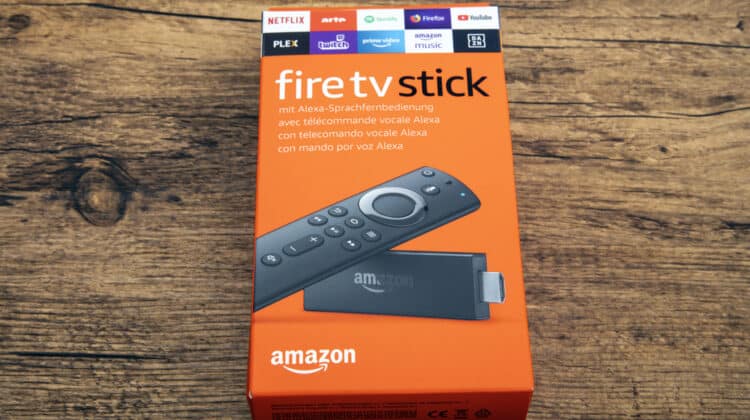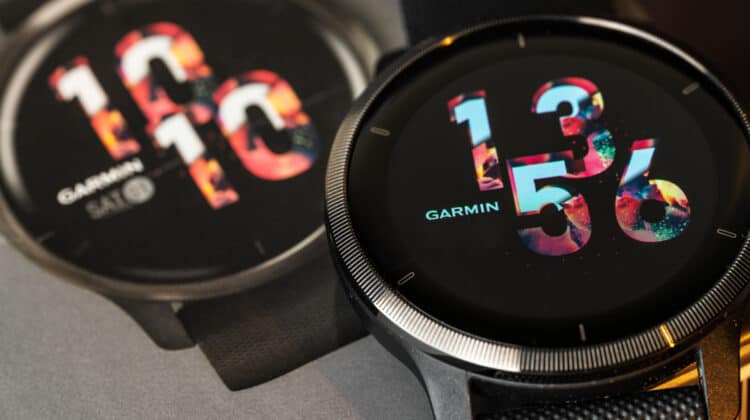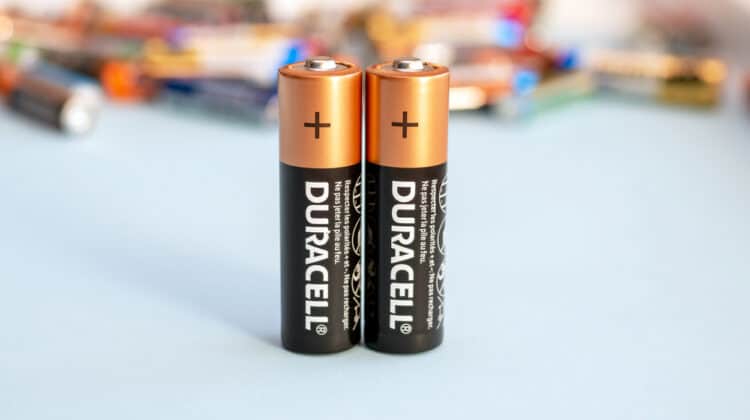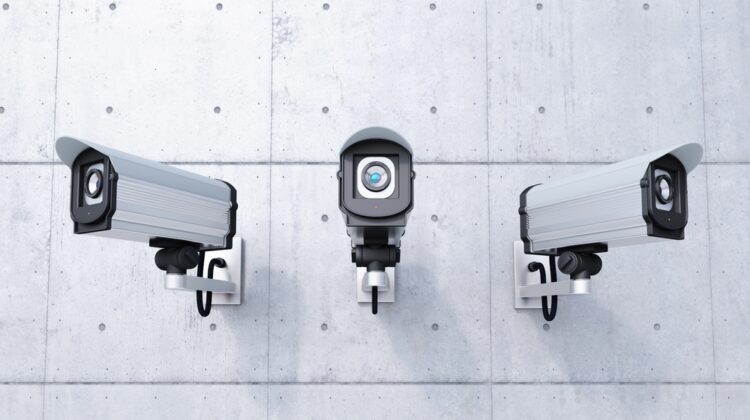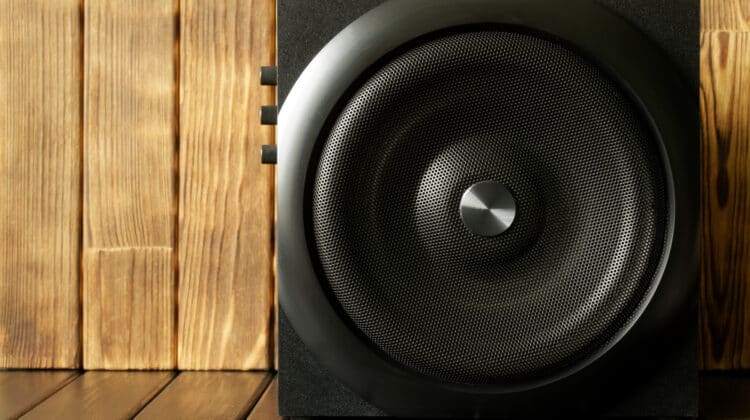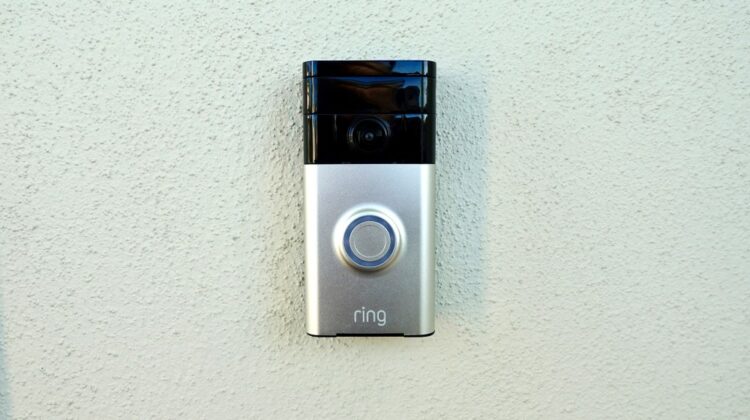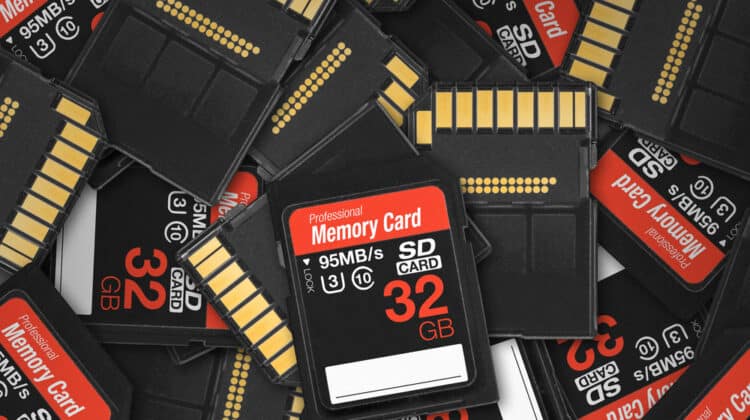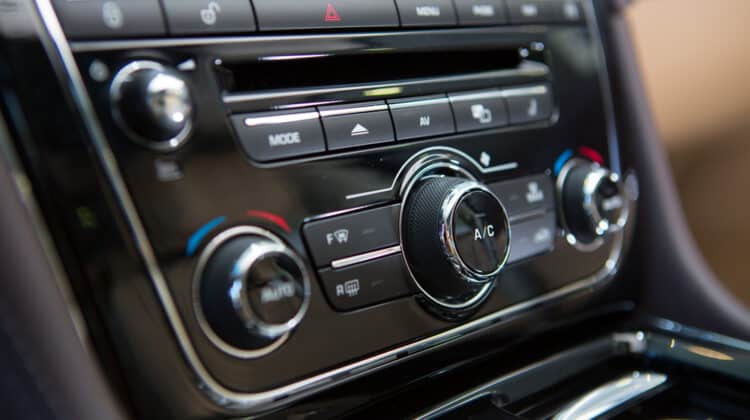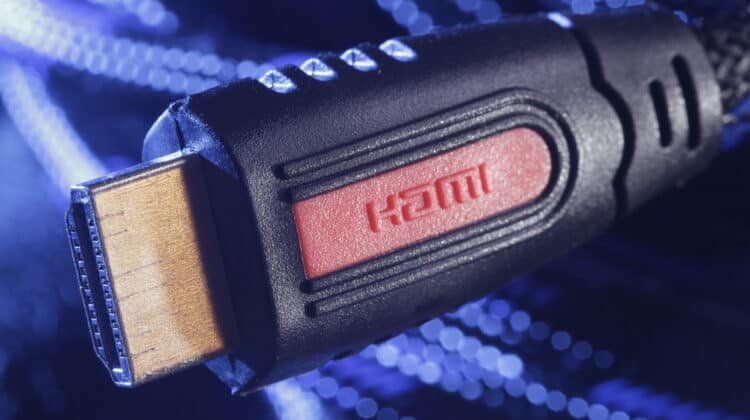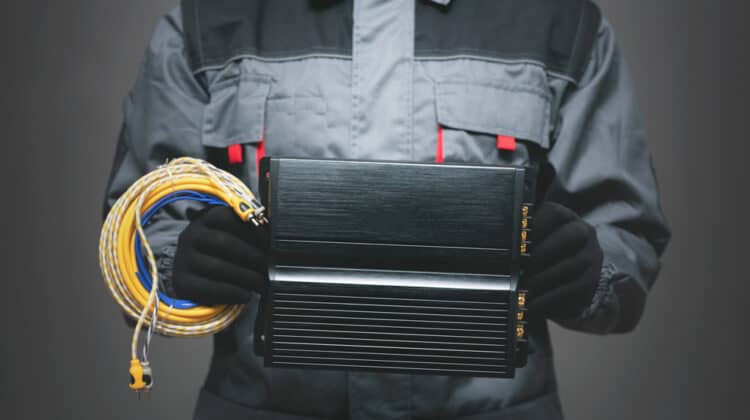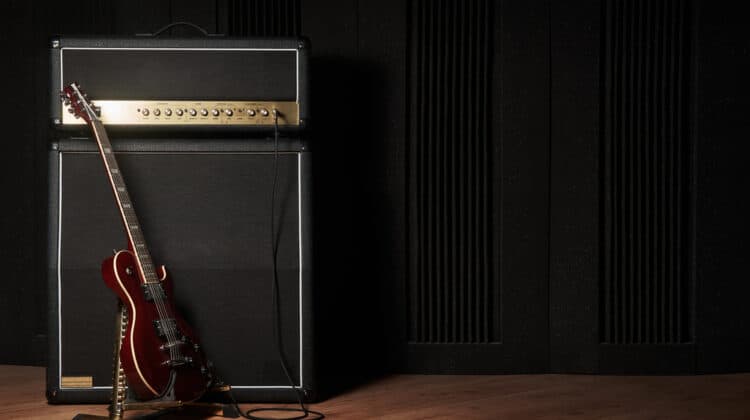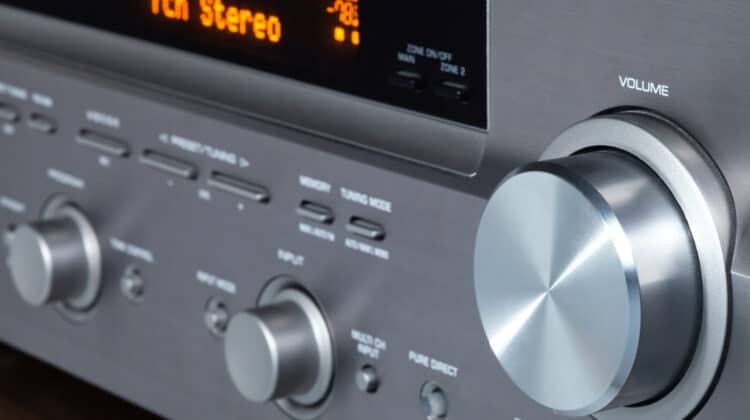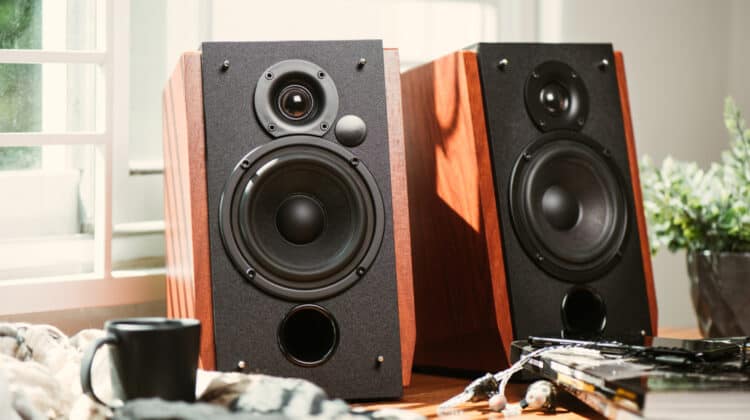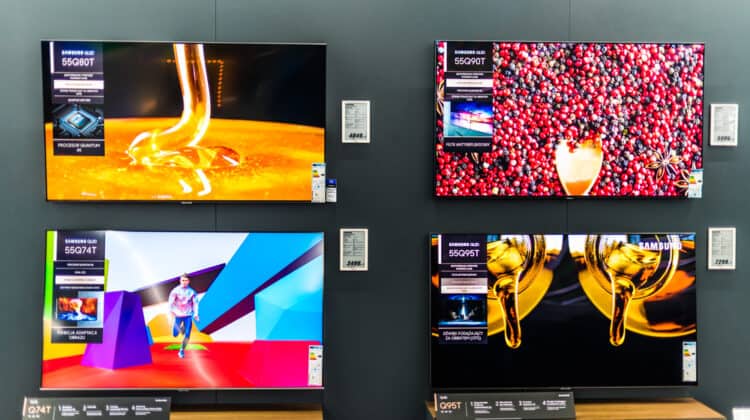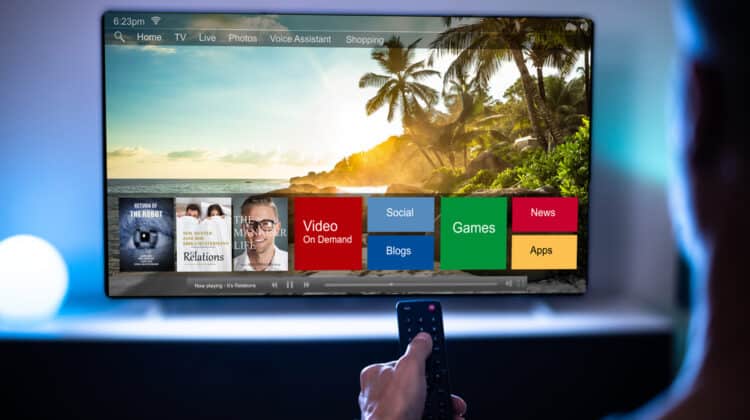
Solar panels are a sustainable energy source, and the trend is rising all over the world.
The scope of these solar collectors is to produce cheaper electricity in the long run.
However, the installation price is often so overwhelming that it makes people reconsider their decision.
If you are planning to get solar panels for your home and want to understand why they are so expensive, this guide will help you get a better picture.
Why Are Solar Panels So Expensive? (Top 10 Reasons)

Solar panels are so expensive due to the use of the latest technology and advanced equipment.
The two main factors behind the high costs of solar panels are:
- Soft costs
- Hardware costs
The hardware of solar panels accounts for 46% of the total cost.
It includes all the solar panel parts like panels, inverter, battery, racking and mounting, wiring, etc.
The soft cost stands for 54% of the total cost.
It covers the cost of installation, labor, marketing and sales, permits and warranties, inspection fees, etc.
In addition, the cost also varies greatly depending on the brand, size, the design you choose, and the state you are living in.
Here’s a list of the top 10 factors responsible for the high costs of solar panels.
1. Solar Panels

The solar panel itself is the most expensive part of its hardware.
It requires a semiconductor material that can conduct electricity.
Mostly silicon, Si14, is used as a semiconductor material in solar photovoltaics.
It is a non-metallic material that can convert light energy directly into electrical energy.
The electrons of silicon set in motion and activate the photovoltaic effect as soon as light falls on the silicon.
The solar panels are of three types, varying in terms of price and effectiveness, thus adding to the total cost of a solar panel.
The three solar panel types available in the global market are:
A. Monocrystalline Solar Panels
The monocrystalline solar panels are made by converting a large block of pure silicon into wafers with a black look.
Since producing monocrystalline wafers requires a lot of intensive labor, these are the most expensive solar panels, costing $1 to $1.5 per watt of energy.
They are highly efficient (18 to 24 percent) and have a longer lifespan of nearly 25 to 40 years.
B. Polycrystalline Solar Panels
Polycrystalline panels are made by melting many silicon crystals together, giving a blush hue.
However, they are less expensive, costing $0.7 to $1.00 per watt of energy.
But their efficiency is only 14 to 18 percent (less than monocrystalline solar panels) and lasts 23 to 27 years.
C. Thin Film Modules
Unlike standard solar panels, the thin film modules are non-crystalline, amorphous silicon cells attached to substrates like glass, plastic, etc., granting flexible and bendable properties to the panel.
This type has seven to 15 percent efficiency and costs nearly $1.00 per watt.
However, they aren’t being used much at the moment.
Cadmium telluride solar panels are now acting as a great alternative to silicon-based panels.
They are comparatively simpler to manufacture and cost-effective.
2. Wiring And Casing

The silicon panels themselves can’t conduct electricity.
They need assistance from wiring and casings that allow the electrons to escape and provide power.
This further adds to the total cost.
Silver coating and casings work the best.
However, it is expensive.
On a lighter budget, you can go for a steel framework with a magnesium supply, which is not only rigid but lower in cost.
Similarly, aluminum ones are good, as they offer protection against inclement weather.
3. Solar Inverters

Another important part of a solar panel is its inverter, contributing to 10% of the total solar panel price.
It is an electrical converter that converts the energy captured by solar panels (direct current) into alternating current by passing through a transformer, which is then used by appliances.
The type of inverter plays a prime role in deciding the final cost of a solar panel.
If you have micro-inverters, the cost will be higher than those with string inverters.
There are three types of solar inverters that are most commonly used:
A. Micro Inverters
Micro inverters are comparatively expensive due to the use of the latest technology.
It is attached to each solar panel separately on the roof, allowing the DC-AC conversion.
The reason for its elevated cost is the effectiveness of shade.
Since all panels have a separate inverter, if half of the panels are in the shade, it won’t affect the efficiency of other panels.
These inverters cost up to $0.40 per watt.
B. String Inverters
String inverters are the oldest technology used in solar panels and the cheapest.
The PV modules are installed in a parallel string to the inverter in the solar panels.
If any one panel is in the shade or damaged, the whole system’s efficiency is reduced.
These types of inverters cost $0.15 per watt.
C. Power Optimizers
Power optimizers are the most favored inverters in terms of both cost and efficiency.
They offer almost all the benefits of micro inverters at a more reasonable price.
The only difference is that instead of DC to AC converting at roof level, there is a DC to string inverter junction.
Power Optimizer Inverters cost only $0.17 per watt.
4. Mounting System

Solar panel mounts set a huge amount in deciding the price of solar panels.
It costs somewhere between $10,000 and $30,000 depending on the mounting style you opt for.
The better and more complex the tracking mount, the higher the price and the better the efficiency.
The three types of mounting options are:
A. Fixed Solar Panel Mounts
Fixed points hold the panels stationary, costing $10 to $15.
It is ideal for use in areas with continuous sunlight for maximum energy, leaving no need for regular adjustments.
B. Adjustable Solar Panel Mounts
These mounts cost nearly $50 each and are used in regions where the intensity of sunlight keeps on varying.
You can adjust the angle of the mount accordingly to soak more sunlight, resulting in increased energy production.
C. Tracking Solar Panel Mounts
Tracking Solar Panel Mounts are the latest type of mounting system, costing nearly $500 to $3,000 each.
The reason for such a high price is the automatic system in these mounts that follow the sun’s arc, offering maximum efficiency.
Although initially, it costs high, it leads to 45% more energy production.
5. Batteries

Another contributor to the escalated prices of solar panels is batteries.
These are used to store energy for later use when there is no efficient sunlight, acting as a hybrid solar system.
Several factors determine the cost of solar batteries.
They include:
A. Battery Chemistry
There are different types of solar batteries like lead acid, lithium-ion, flow batteries, etc.
The lithium-ion batteries are cheaper than lead-acid ones.
However, they also have a shorter lifespan and require regular maintenance.
B. Installing A Backup Load Panel
Batteries often can’t power the fridge and heavy load appliances.
For that purpose, you need to install a sub-panel that works and powers the appliances when the sunshine is not up to the mark.
C. Battery Manufacturers
Last but not least, the company you opt for matters.
Different brands offer different quality and services at different ranges.
For example, Tesla Powerwall batteries cost only $11,000 while Sonnen costs nearly $30,000.
However, it is not essential to the solar installation if you can bear the interrupted power supply.
6. Labor

Installing the solar panels also makes up for the higher cost.
A rough estimate is that it makes up 10 to 15 percent of the total cost.
Adding a solar panel on a roof with unusual turns and angles and multiple floors leads to a lot of labor and contributes to labor costs.
Moreover, there is often a need to clear vegetation in large-scale solar installations for maximum exposure to the sunlight, further escalating the cost and making solar panels an even more expensive endeavor.
Similarly, fixing the complex mounting system, installing the solar panel and batteries, and then connecting them to an inverter separately are not easy tasks at all.
7. Permits And Warranties

There are some permits and warranty costs in the total solar panel price that we can’t avoid.
The longer the warranty time, the more the price.
Giving a rough estimate of permits and warranties is a difficult task.
It varies greatly according to the region.
For example, in the US, the average cost for the permits is $0.1 per watt, while those in New York are $0.32 per watt.
8. Maintenance Cost

Although solar power plants require very little maintenance compared to traditional power plants, there is a certain maintenance cost that adds to the total price of solar panels.
Maintenance includes thoroughly cleaning the solar panels to remove dirt or snow that may reduce efficiency.
However, you need to clean the panels only once after every three to four months.
Since solar panels come with a warranty of a few years, the maintenance is free for the first few years.
Cleaning one solar panel costs nearly $5 per year, which is not a huge amount to stress upon.
9. Operational Costs

The monitoring and tracking of solar panels count load to some operational costs.
It allows you to track and measure the difference and savings in electricity bills over time and decide if the system is helping you save or not.
10. Interconnection Cost

Interconnection is probably the last thing that can cost you while setting up a solar panel.
This is the process to connect your solar panel to the power grid.
The cost of interconnection depends on various factors like:
- The amount of solar used in your area presently
- The strength of the panel in your line
- Size of the solar array
- Type of transformer
- Type of meter
Sometimes, you also need to upgrade the transformer and meter.
How Much Do Solar Panels Cost?

Exact numbers are always tricky but how many solar panels cost depends on the total energy your house needs and the total area you need to cover.
Solar panel installation costs somewhere between $17,538 and $23,458 after considering the federal solar tax credits.
On average, the installation cost of solar panels is $2 to $3 for 1 watt, and a typical small house needs 6,000 Watts.
At that rate, it costs you somewhere between $12,000 to $18,000.
Larger homes can cost up to $25,000 or even more.
Has The Price Of Solar Panels Decreased?

Yes, a survey by Solar Energy Industries Association SEIA showed that the median price for solar panels has decreased by 70% compared to that in 2010 and by 37% compared to that in 2015.
A typical 6-kilowatt house that presently costs $12,000 to $18,000 to set up with solar panels cost nearly $25,000 in 2015 and $60,000 in 2010.
That’s quite a huge difference!
A general analysis of solar panel cost trends is that:
- The solar payback period is four to nine years.
- The reason behind the flattened cost of solar panels is the rise in commodity prices and some of the supply chain constraints.
- Solar panel prices are expected to decrease further by 34% by 2030.
However, despite the decrease in price, solar panels are still not affordable in every household.
If you have a monthly payment plan, $80 to $100 a month can significantly add to the overall monthly budget.
How Much Do Solar Panels Save? The Payoff Period

Solar panels help us to save money in various ways.
A few of those are:
1. Reduced Electricity Bills
The primary function of solar panels is to generate free electricity, thus reducing electricity bills.
If your house has a proper solar power system, you will save up to 50 to 80% of the electricity bill.
Moreover, 99% of your electricity bills are cut down if you have solar battery support.
Even if the electricity prices are touching the sky, it will not affect you at all.
2. Net Metering
Another reason that has turned solar panels quite profitable is net metering.
It is a kind of credit system in which the extra electricity produced by your solar panels is sold to the grid, and you get credits in turn, which you can adjust in other bills or simply cash out.
3. Practically Free
Although installing solar panels seems to make a hole in your pocket, the other side of the story is quite different.
Solar panels cost a lot at one time, but they pay back by cutting your electricity bills.
Not only do you regain your spent money, but you also save your electricity bills for a long time.
Generally, the payback period of solar panels is four to nine years.
4. Federal Taxes
The federal government offers discounts and tax credits on shifting from local electricity to solar power.
Of the installation cost of solar panels, 26% is deducted from federal taxes, whether for residential or commercial use.
Moreover, further credits are awarded if you have installed solar batteries.
How To Lower The Solar Panel Cost?

If you aim to reduce the solar panel cost, the installation process is the only place where you can save some bucks.
Here are a few steps to help reduce the cost of solar panels:
- Consider various contractors in your area and compare their quotes instead of the “All in One” service that some premium companies offer. Although the company’s services are more convenient, they charge more than that. It is wise of you to buy the equipment and then hire a local contractor for installation. They might charge you $1 per watt compared to the $3.50 the companies will charge.
- Opt for solar panel equipment that comes with a long-term warranty. It saves money on extra maintenance associated with labor costs, too. Mostly, solar PV has a warranty of 15 to 25 years, batteries have a 5 to 10 years warranty, and inverters have 10 to 25 years.
- In the era of technology, installing solar panels yourself is not a big deal. You can cut the labor and installation cost by ruining your weekend. Many DIY methods are available on the Internet regarding installing solar panels yourself. Get a friend and team up to install the solar panels.
Are Solar Panels Worth It? The Pros

Now that we are up with the reasons and factors that make solar panels expensive, along with the possible ways to reduce the extra cost, let’s take a look at the benefits these sustainable energy sources come with.
A few of the known benefits are:
- They eliminate the electricity bills, saving a lot of money every month.
- Since less carbon dioxide is released while obtaining energy from the sun as a source, it reduces the carbon footprint, making this earth a better place to live. A rule of thumb is that the carbon footprint is reduced by 20 times when using solar panels instead of traditional coal-powered electricity. Moreover, it releases a minimum amount of carbon and other pollutants, leading to clean and fresh air and environmental stability.
- Various incentive programs are introduced by federal and state authorities to make solar adaptation easier.
- You never run out of power if you use the solar panels fully.
Conclusion
Solar panels are undoubtedly a renewable, environmentally friendly energy source, and we should try to shift towards them.
Solar panels seem to be quite an expensive option due to their high upfront cost of hardware like panels, mount systems, inverters, etc., along with the soft installation and maintenance costs.
However, we should focus on the long-term achievement in which it pays off more than it takes.
It not only returns the installation price but can help you earn more.
Therefore, it is wise of you to estimate the total solar cost and your savings to find how the math turns in your favor!
NEXT: Why Are Graphing Calculators So Expensive? (Top 10 Reasons)


